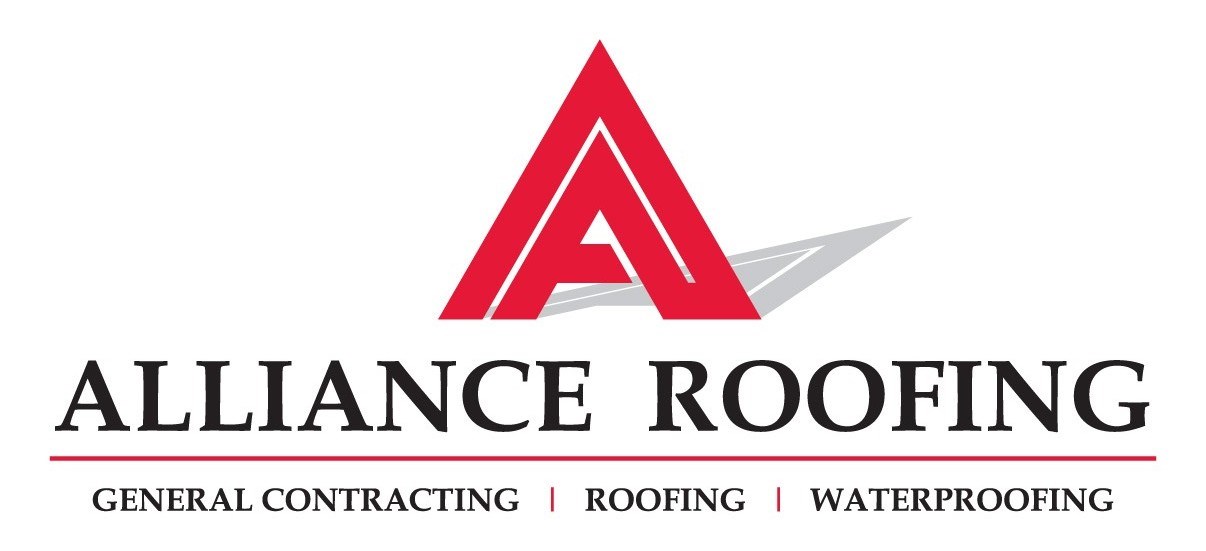Blind-Side Waterproofing
Blind‐side waterproofing is used on new construction projects where property line encroachment or other space limitations prohibit the ability to excavate the site. It is also used for split‐ or mud‐slab horizontal applications because the products are waterproofing the underside of the structural slab. While there are various types of products available for blind‐side waterproofing, the technique’s installation typically involves using bentonite layers in sheet forms, with or without a protective membrane. It is installed dry, activating as it becomes wet from either the newly poured in‐place concrete, ground water, or water runoff. The bentonite layer of the sheet is applied against the concrete structure, with the expansive action of the clay filling voids or cracks in the structural concrete component. Confinement of the panels by backfilling or treatment of the lagging is critical to ensure the expanding clay is contained and gels or expands into the cracks, holes, and fissures of the structure, rather than escaping into a void. [1]
[1] Specifying Below‐Grade Waterproofing, The Construction Specifier, October 2005 http://www.galeassociates.org/
